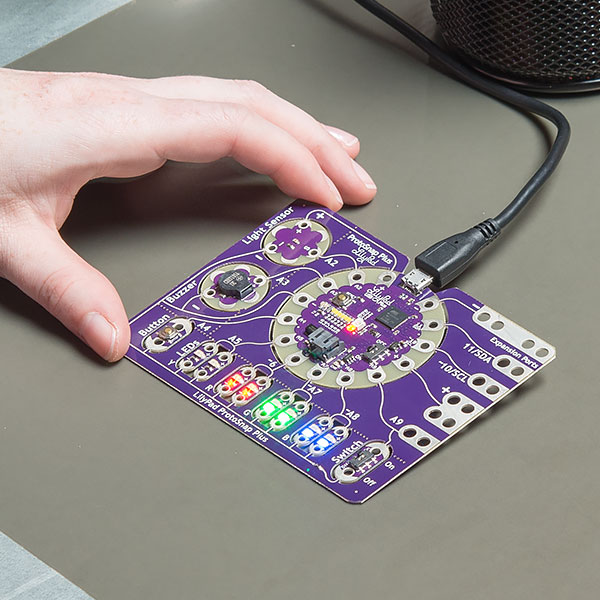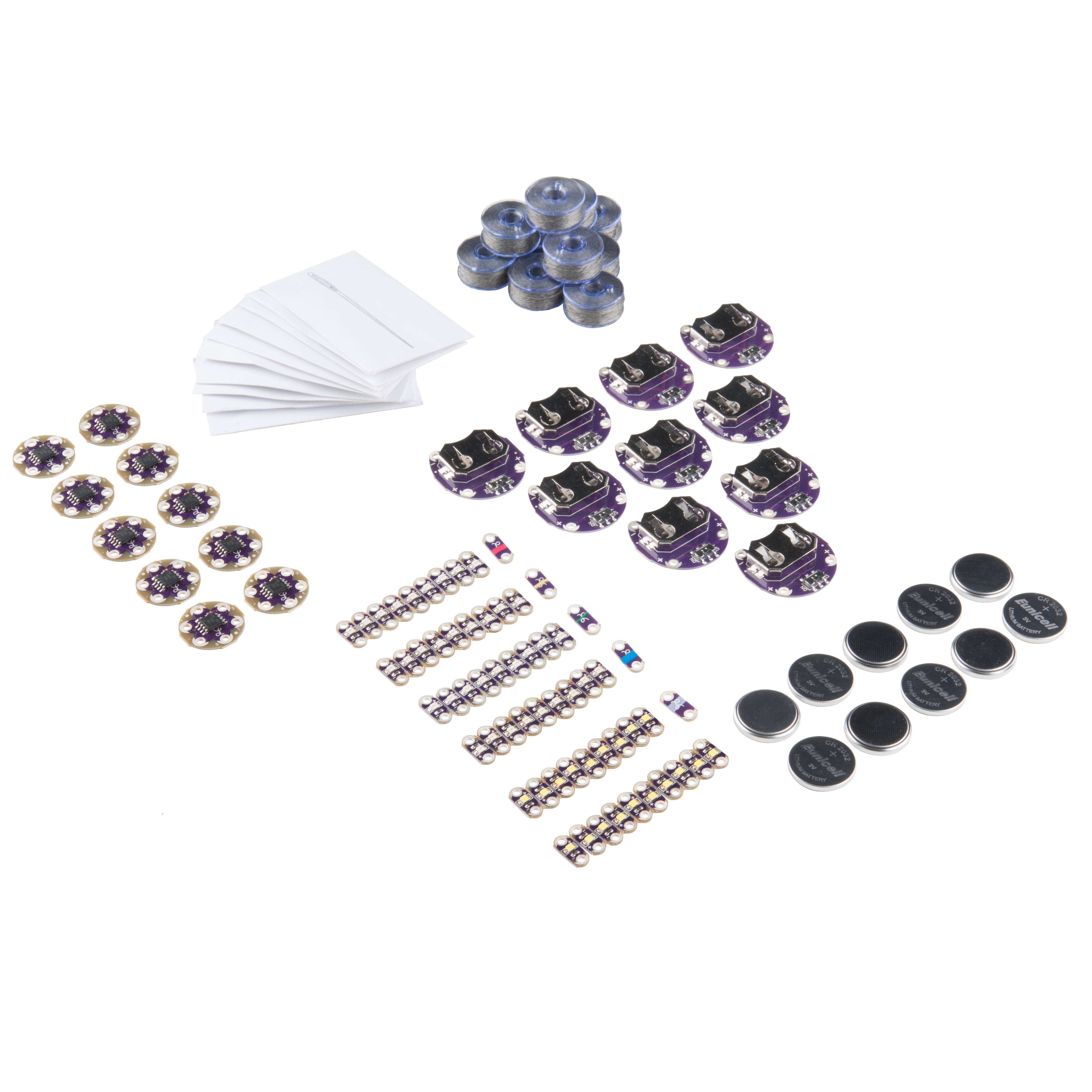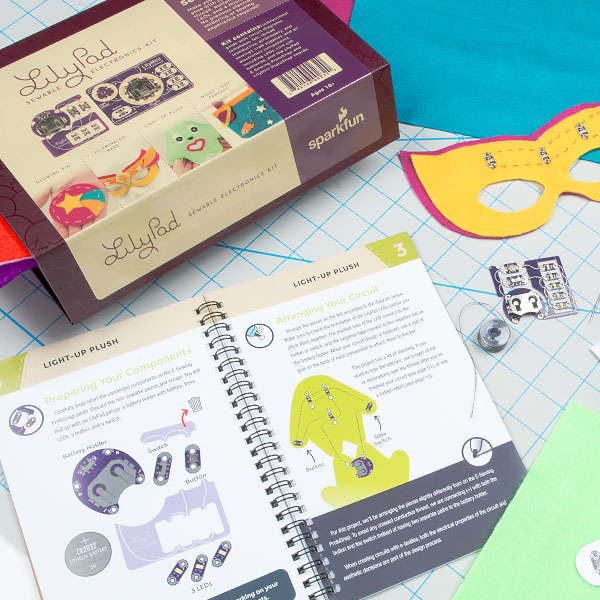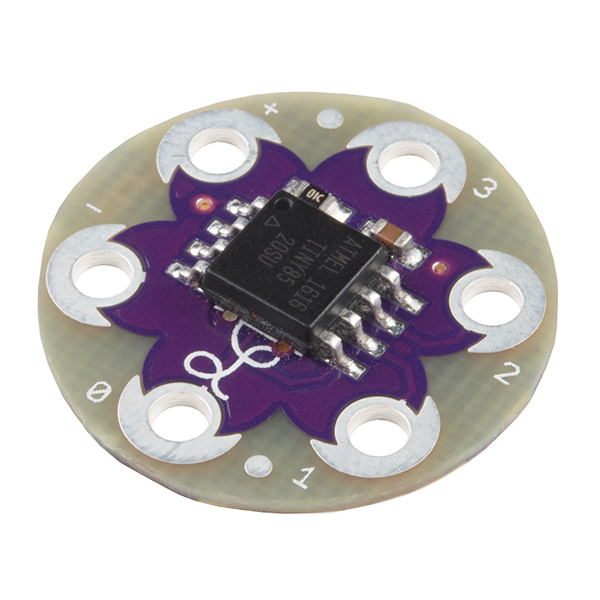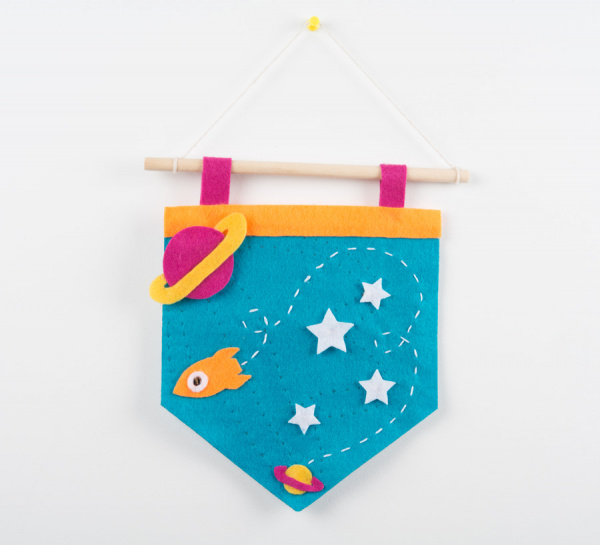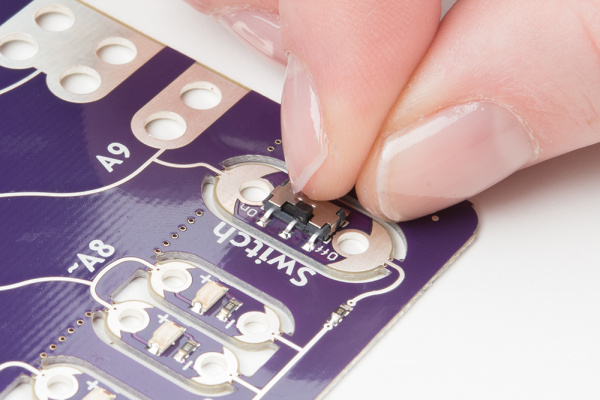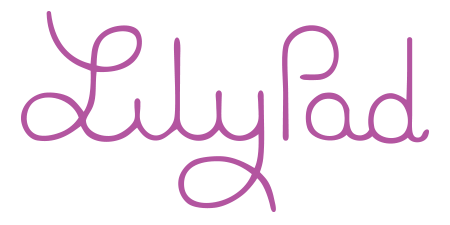
LilyPad brings hands-on STEAM instruction to life by engaging students with e-textiles, circuitry and crafting.
Sewable electronics, or e-textiles, projects are a fun, easy way to introduce a variety of students to electronics and engineering through the use of a familiar medium, such as crafting materials and fabric. The LilyPad line of sewable electronics provides a wide range of options for creating sewable electronics projects.
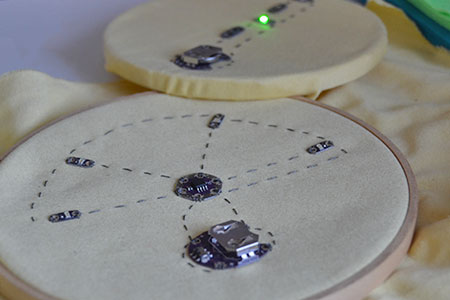
What are Sewable Electronics?
Sewable electronics combine traditional craft processes (sewing, fashion design and textile design) with electrical engineering, computer science and hardware skills.
With sewable electronics, it is possible to create e-textiles (electronic textiles), which are often wearable, flexible projects that look less like traditional electronics and more like arts and crafts. Many e-textile projects replace wiring with flexible, conductive materials such as conductive thread and fabric. Sewable electronics provide a great alternative to traditional electronics in the classroom.
Benefits of Sewable Electronics
The use of a familiar medium, such as crafting materials and fabric, can make e-textiles a less intimidating introduction to electronics than traditional methods.
In fact, a recent study found that e-textile projects make electronics more accessible, increase retention of complex and abstract concepts, and promote student interest in computing. This combination leads to diverse projects in which students are personally invested, as well as a continued interest in electronics and engineering.
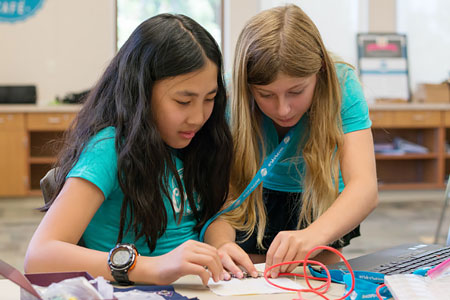
About LilyPad
The LilyPad line of sewable electronics brings hands-on STEAM instruction to life by engaging students with e-textiles, circuitry and crafting. Each LilyPad piece features large conductive sew tabs for easy sewing and a rounded shape so as not to snag fabric or thread.
The LilyPad system was designed by Leah Buechley while pursuing her Ph.D. in computer science at the University of Colorado, Boulder, in 2006. The commercial version of LilyPad was launched in 2007 as a collaboration between Leah and SparkFun Electronics. Over the past 10 years, we have worked with Leah to expand the capabilities and offerings of the LilyPad line.
LilyPad options range from simple, pre-programmed boards that make it easy to add twinkling lights to a project to more advanced, programmable boards that can be used to add sound, light and more to e-textile projects.
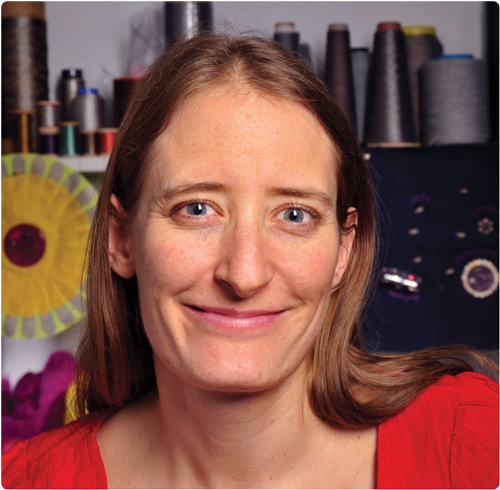
Leah Buechley
LilyPad Inventor
"I really love to be able to watch these girls throughout the week developing their projects and ideas, and slowly having that spark light up inside of them."
Getting Started with LilyPad
Every LilyPad circuit, no matter how simple or complex, has three basic parts:
- A power source
- Conductive paths between electronic components (conductive thread stitching)
- LilyPad pieces that are connected together to light up, make sound, or other behaviors (the ‘function’ of your project)

Featured LilyPad Products
Choosing the Right LilyPad for Your Needs
There are three basic types of projects that can be made with LilyPad. From these three types, it is possible to create a wide variety of e-textile projects.
Simple circuit projects are a great way to try out sewing with conductive thread without programming.
Simple circuit projects are a great way to try out sewing with conductive thread without programming. They are made by connecting LilyPad LEDs and a LilyPad Coin Cell Battery Holder, usually with conductive thread, to light up a project and can be expanded to include simple, interactive elements like using (or crafting your own) buttons and switches. E-sewing projects are recommended for those who are new to sewing or want to create a quick, light-up craft.

To explore the possibilities of programmed projects without having to write code, pre-programmed LilyPad boards are a great option.
The LilyPad line features four boards that are pre-programmed and project ready - the LilyTiny, LilyTwinkle, LilyTwinkle ProtoSnap, and LilyMini ProtoSnap. To create a twinkling, light up project, simple combine one of these boards with a LilyPad Coin Cell Battery Holder and some LilyPad LEDs.
For those who are ready for a more advanced project that combines sewing circuits with programming boards, there are a number of LilyPad Arduino microcontrollers to choose from.
The LilyPad ProtoSnap Plus is a great place to start; it includes seven LilyPad boards pre-wired to a LilyPad microcontroller to allow for experimenting with code before sewing a project.
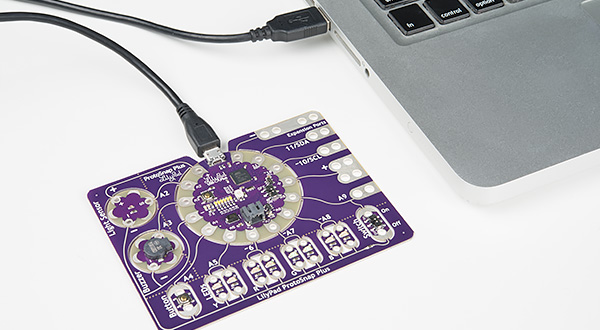
The LilyPad ecosystem also includes four stand-alone LilyPad controllers, LilyPad Arduino 328 Main Board, LilyPad Arduino Simple Board, LilyPad Arduino SimpleSnap and LilyPad Arduino USB. These controller boards can be connected to other LilyPad boards to create projects that light up, make sound or sense something. For a side-by-side comparison of these boards, see Choosing a LilyPad Arduino for Your Project.
E-Textile Project Ideas
When it comes to sewable circuits, the possibilities are endless. To help get you started, here are a few project.
Night-Light Pennant
Control LEDs using the LilyMini ProtoSnap to create advanced behaviors and reprogrammable interactions.
Illuminated Mask
Add flair to any costume with a light-up mask made with sewable circuits.
Using Buttons and Switches
Learn the ins and outs of simple switches and buttons while exploring which are best for different projects.

